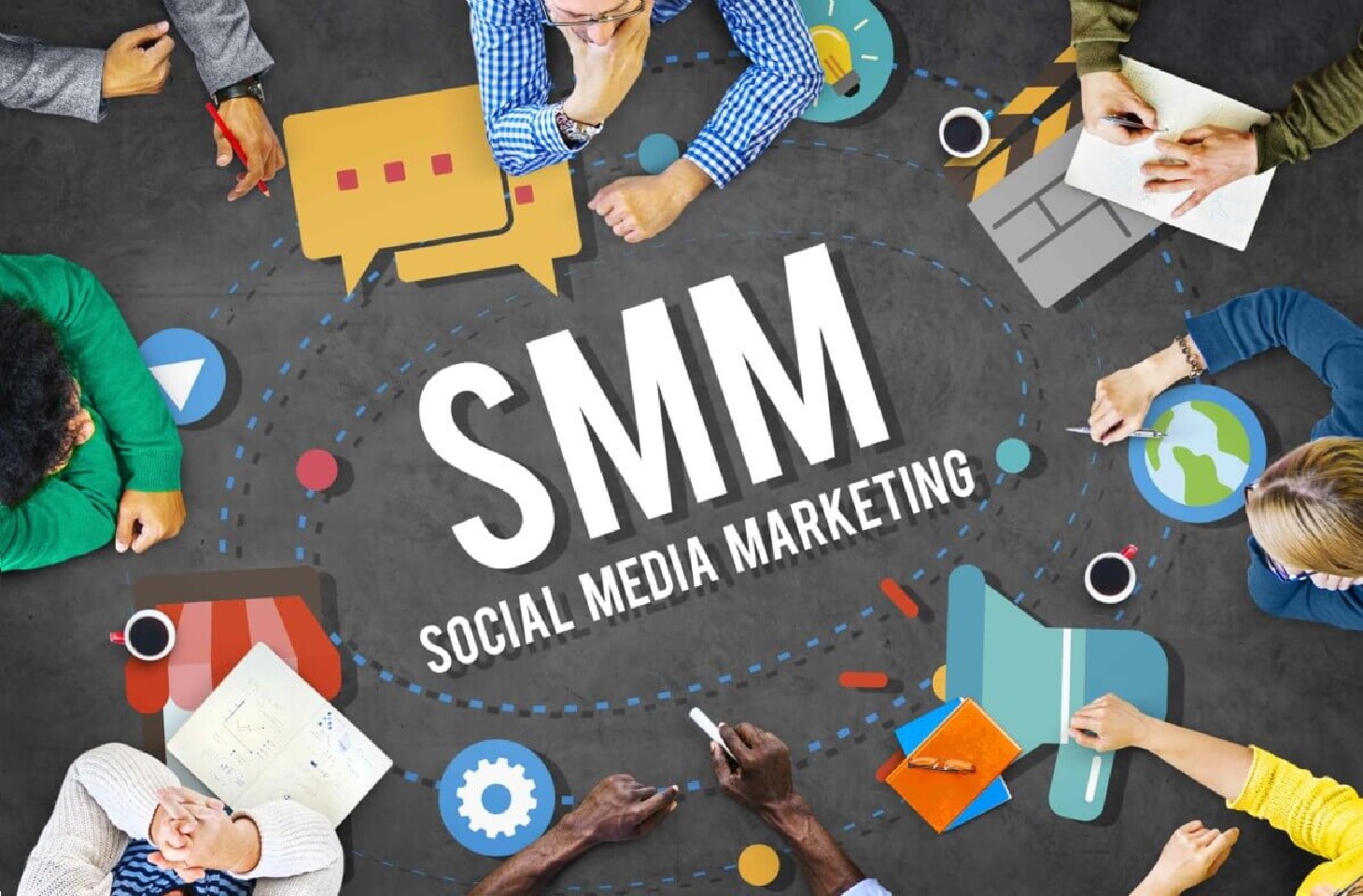Social media marketing (SMM) is more than just posting a few pictures on Instagram. It’s a strategy driven approach to connect with your audience, build your brand, increase sales, and drive traffic to your website. Whether you’re on Facebook, Twitter, or TikTok, it’s about leveraging each platform’s features to meet your business goals.
Importance of Social Media in Today’s Digital Age
Let’s face it if your brand isn’t on social media, it might as well not exist. With billions of active users worldwide, platforms like Facebook and Instagram are the new town squares where people discover, discuss, and decide on brands.
Understanding Your Target Audience
Creating Buyer Personas
To market effectively, you need to know who you’re talking to. Create detailed buyer personas — fictional representations of your ideal customers. Include their age, gender, interests, problems, and buying habits.
Analysing Audience Behaviour
Use insights and analytics tools to understand what your audience likes, when they’re online, and how they engage with your content. This helps you tailor your messaging and maximise impact.
Setting SMART Goals for Social Media
Specific, Measurable, Achievable, Relevant, Time-Bound
Rather than vague aims like “get more followers,” set SMART goals. For example: “Increase Instagram followers by 20% in the next 3 months.”
Aligning Social Goals with Business Objectives
Ensure your social goals align with bigger business objectives like boosting sales, increasing website traffic, or improving customer retention.
Choosing the Right Social Media Platforms
Facebook, Instagram, Twitter, LinkedIn, TikTok, Pinterest
Each platform serves a different purpose. Instagram is perfect for visual content, LinkedIn is great for B2B, while TikTok is the go-to for short-form, viral videos.
Platform Demographics and Usage Insights
Know your audience and go where they are. Pinterest skews female, LinkedIn is for professionals, and TikTok attracts Gen Z. Tailor your strategy accordingly.
Crafting a Winning Content Strategy
Content Pillars and Themes
Develop 3–5 core content pillars that align with your brand (e.g., education, inspiration, behind-the-scenes, product promotion). This keeps your content diverse yet focused.
Balancing Promotional and Value-Based Content
No one wants to be sold to all the time. Use the 80/20 rule 80% valuable content, 20% promotional.

Visual Branding and Consistency
Using Branded Templates
Use consistent templates, filters, and layouts to build recognition. Your feed should look like a cohesive brand, not a chaotic scrapbook.
Colour Psychology and Fonts
Choose brand colours and fonts wisely. They trigger emotions and shape perceptions. For example, blue builds trust, while red creates urgency.
Leveraging Influencer Marketing
Micro vs Macro Influencers
Micro-influencers (1K–100K followers) often have higher engagement and more niche audiences. Macro-influencers have wider reach but are more expensive.
How to Collaborate Authentically
Work with influencers who align with your brand values. Let them create authentic content instead of handing them a rigid script.
Engaging with Your Community
Prompt Responses to Comments and DMs
Engagement is a two-way street. Reply to comments, answer questions, and make followers feel heard. That’s how you build loyalty.
Running Polls, Q&As, and Contests
Interactive content not only boosts engagement but also gives you insights into what your audience loves (or hates).
Posting Schedule and Consistency
Best Times to Post
There’s no one-size-fits-all answer, but generally, mornings and evenings work best. Use insights to discover your brand’s sweet spot.
Using Scheduling Tools
Tools like Buffer, Hootsuite, and Later can help you plan posts in advance and maintain consistency, even on your busiest days.
Paid Social Media Advertising
Boosting Posts vs Creating Ad Campaigns
Boosting is easy but limited. Full ad campaigns on Meta Ads Manager offer detailed targeting, A/B testing, and better ROI.
Targeting Options and A/B Testing
Target by location, interests, age, behaviours, and more. Run A/B tests to see what creatives or messages convert better.
Measuring Performance with Analytics
Key Metrics to Track
Track reach, engagement, click-through rates, conversions, and ROI. Don’t just count likes focus on impact.
Tools for Social Media Analytics
Use built-in platform insights or third-party tools like Sprout Social, Google Analytics, and Socialbakers for deeper analysis.
Staying Updated with Trends
Algorithm Changes
Algorithms change constantly. Stay flexible, adapt quickly, and experiment with new formats to maintain visibility.
Viral Content and Challenges
Jumping on trends like TikTok challenges or meme formats can give your content a massive boost just stay true to your brand voice.
Crisis Management on Social Media
Responding to Negative Feedback
Never delete honest criticism. Address it professionally and show you’re listening. A quick, empathetic reply can turn haters into fans.
Preventing Brand Reputation Damage
Have a crisis management plan. Assign roles, prepare templates, and act fast when something goes wrong.
Social Media for B2B vs B2C
Differences in Strategy
B2B focuses on building trust and thought leadership. B2C leans more towards emotion, entertainment, and direct conversion.
Platform Preference and Tone of Voice
LinkedIn is king for B2B, while Instagram and Facebook are essential for B2C. Adjust tone professional for B2B, friendly for B2C.
Conclusion
Social media marketing isn’t a sprint it’s a marathon. From understanding your audience to crafting killer content and analysing performance, every step matters. The digital world evolves fast, so keep learning, experimenting, and adapting. Done right, social media can take your brand from unknown to unforgettable.
FAQs
Q1: What’s the best platform for social media marketing?
It depends on your audience. Instagram and Facebook are great for B2C, LinkedIn for B2B, and TikTok for younger, trend-savvy users.
Q2: How often should I post on social media?
Consistency is key. Aim for at least 3–5 times a week, depending on the platform and your audience’s appetite.
Q3: Can small businesses benefit from social media marketing?
Absolutely! Social media levels the playing field. With creativity and strategy, small businesses can build big-brand engagement.
Q4: How do I handle negative comments or reviews?
Respond calmly, acknowledge the concern, and offer solutions. Never ignore or delete honest feedback unless it’s offensive or spam.
Q5: Is paid advertising better than organic reach?
Both have their place. Organic builds trust and engagement; paid helps you scale fast and reach specific audiences.
